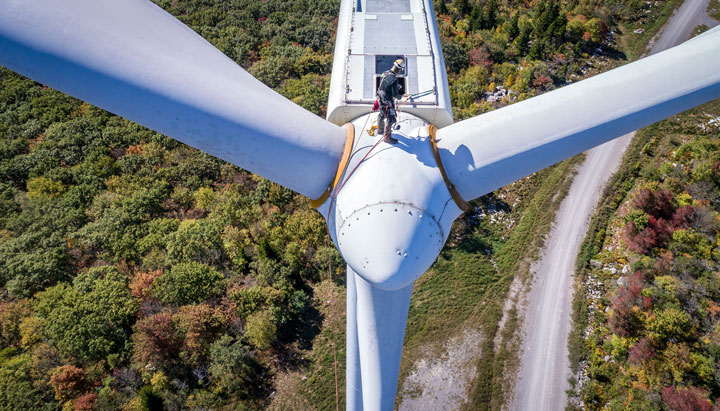Examples of incentives
Norway
Shell's Upstream business in Norway is taxed at a combined rate of 78% (special tax rate of 56% and corporate income tax rate of 22%) which is much higher than the general corporate income tax rate of 22%. At the same time, the Norwegian petroleum tax regime allows for tax deductions based on capital investment. These deductions are aimed at balancing risks and rewards between investors and the state in upstream projects, an area known for its high risk and high capital intensity, as well as its high tax rates.
For example, under the petroleum tax regime, costs incurred to acquire relevant fixed assets for production, processing and transport on the Norwegian continental shelf (NCS) may be deducted for tax purposes. Costs may be evenly deducted over a six-year period starting with the year of investment. This means tax relief is available closer to when the investment is made. The oil and gas industry may also apply an additional 5.2% on qualifying capital investments against the special tax rate, but this is limited to a period of four years.
In addition, exploration costs on the NCS are deductible when they are incurred, regardless of whether the activities lead to commercial discoveries. Exploration companies that are not in a tax-paying position may receive these costs as a refund at the combined upstream rate of 78%. This ensures equal tax treatment between investors in tax-paying and non-tax-paying situations.
The tax rules help to reduce investment risk in the event of unsuccessful exploration, while ensuring that the state can capture a share of profits from a successful project in the form of taxes. These tax reliefs are applicable to all upstream companies working on the NCS.
USA
In the USA, production tax credits (PTCs) are a federal tax incentive to encourage cleaner energy production and are granted for power produced from a qualifying facility, such as a wind farm. The credit is 1.5 cents (adjusted annually for inflation) for each kilowatt produced. The incentive is available for a 10-year period from the moment the facility was originally placed in service.
In 2018, Shell received around $9.5 million of PTCs related to its interests in wind facilities in Brazos Wind Ventures, NedPower Mount Storm and Three Wind Holdings. Cumulatively, these qualifying wind facilities produced and sold around 396 million kilowatt-hours of low-carbon electricity in 2018.
PTCs are being phased out for wind facilities where construction begins after December 31, 2019.

A maintenance officer on a wind turbine at Mount Storm, West Virginia, USA
 Message from the Chief Financial Officer
Message from the Chief Financial Officer
 Approach to tax
Approach to tax
 Special topics
Special topics
 Our tax data
Our tax data
